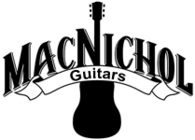Which Saddle for a Gibson J-45?
Wondering which saddle your Gibson J-45 needs? Unfortunately, there is no single saddle size, and finding the correct saddle depends on your J-45’s year, model, and collection. This article walks you through steps to find the correct saddle for your J-45.
Please note that this article only applies to Gibson J-45 models. Epiphone J-45 models will use different saddle types that are not interchangeable with Gibson saddles. Please see our Guide to Epiphone Guitar Saddles for more information.
Step One – Determine Year
Saddle types will vary depending on what year your J-45 was made. If you don’t know your J-45’s year, see this article: How to Date a Gibson or contact Gibson directly with your serial number.
Step Two – Determine Collection
Which Collection and which specific J-45 model you have? Fretboard radii and saddle type will vary. There are currently two different fretboard radii and four different saddle types among the various J-45 models. Please see the below links for some of Gibson’s current collections:
Step Three – Determine Fretboard and Saddle Radius
In our experience, customers prefer the playability of a saddle and fretboard with matching radii. However, your Gibson factory saddle may have a different radius from your fretboard’s. For example, the Tusq Gibson style forward line B compensated saddle has a 10 inch radius, whereas many J-45 models have either a 12 or 16 inch fretboard radius, and the Tusq height adjustable saddle has a 14 inch radius.
Note: You can find the radius information for Tusq saddles by contacting Tusq directly, or, the radius is often listed below the Length, Thickness, Height specs on the Tusq saddle information page. For example, the Gibson style forward line B compensated saddle is listed as ‘R-10’, signifying a radius of 10 inches.
Step Four – Determine Saddle Type
A variety of different saddle types have appeared on J-45 models, including the following:
Forward Line B Compensated Saddles
Common, but not standard, on post-2000 models. You will need to look at your current saddle. These appear in 12 or 16 inch radii.
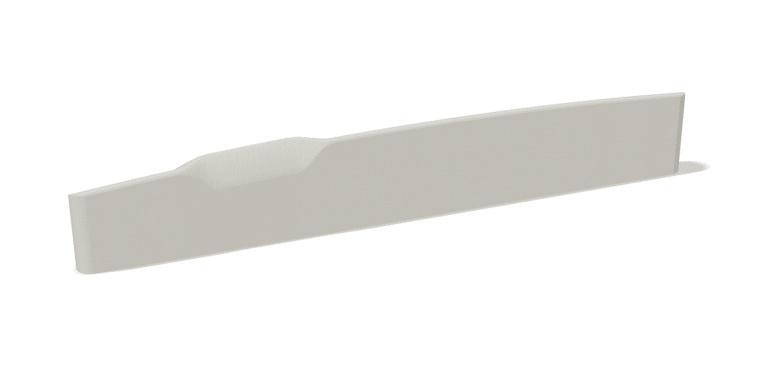
Length will vary, but is often from 70 to 71.5 mm. Thickness will vary from 3.0 to 3.3 mm. Height will vary from 8 to 13 mm. See our Guide to B Compensated Saddles for more information.
Center Line Non-Compensated Saddles
These are more common on pre-2000 models, but appear on some post-2000 models, as well. These are not interchangeable with the forward line B compensated saddles discussed in the previous section.
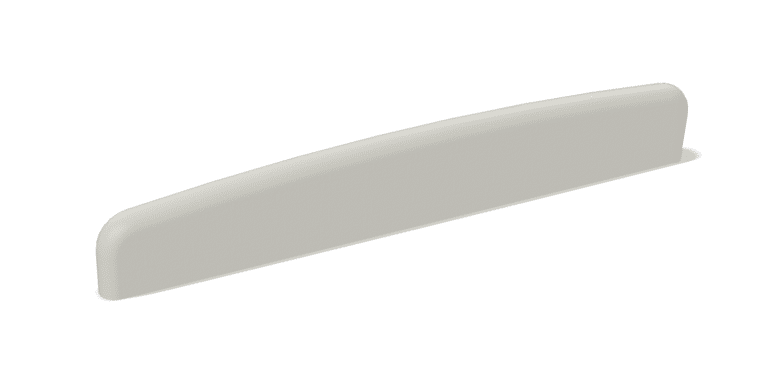
Please see our Guide to Non-Compensated Saddles and our Guide to Gibson Saddles for more information.
Height Adjustable Saddles
This saddle type appeared on a handful of models in the 1950s and 1960s, as well as currently appearing on some reissue models, such as the 60s J-45 Original.
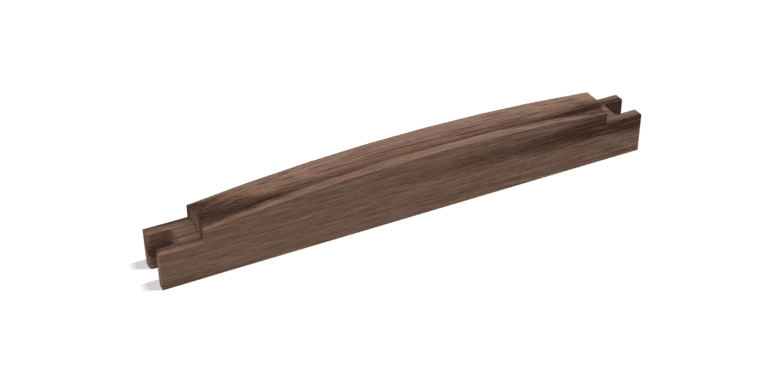
These saddles appear in a variety of different materials, including ceramic, wood, and Tusq from the factory, and aftermarket bone options. See our Guide to Height Adjustable Saddles as well as our article focused on Gibson Height Adjustable Saddles to determine which type your guitar needs.
Through Saddles
If your J-45 was made before the 1950s, there’s a good chance that it has a through saddle, which will go all the way through the bridge. Some of these saddles are also glued in. Additionally, Gibson’s current reissue 1942 Banner J-45 uses a through saddle.
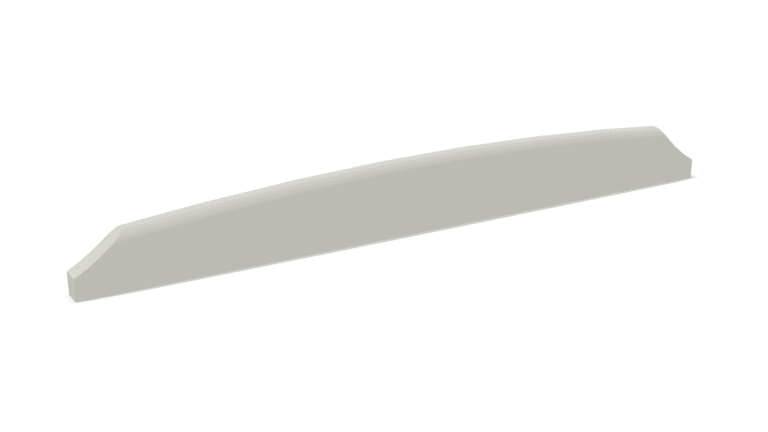
Gibson through saddles are often center line non-compensated with a 12 inch radius, but note that height, length, and thickness vary. This saddle type requires a good deal of skill and knowledge to properly replace. We recommend that you take your J-45 to a professional technician.
Which Saddle Does Your J-45 Need?
Still wondering which saddle size your guitar requires? Please contact us with all of the below information.
- Guitar Year, Collection, Model
- Fretboard Radius
- Current Saddle Maximum Height, Length, Thickness – Must be measured with a caliper
- Bass to Treble Height Difference
- Bridge Saddle Slot Length and Thickness (if different from saddle specs) – Must be meausured with a caliper
- Compensation Pattern
We will respond within 48 hours.
